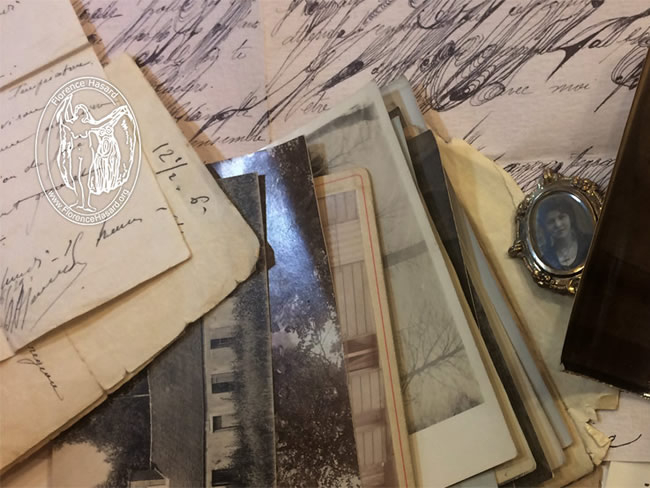
Florence Hasard - Biography
Florence Hasard (1882 – date of death unknown) was born in the small town of Nogent-sur-Marne, France, as the only child of her unwed mother, Jeanne Hasard. Growing up under modest circumstances, Florence’s mother was a washwoman who held down various odd jobs. As a young girl, Florence accompanied her mother to work at the local chateau. The chateau owners, Jeanne and Madeleine Smith, were artists, and this visit to the chateau had a strong impact on Florence. It soon happened that this place would also offer her very first session as a painter’s model, an experience that might have encouraged her to leave her hometown for nearby Paris. At the age of sixteen, Florence started modeling in Paris’ painters’ studios and modeled regularly at the Académie Colarossi and the newly founded Académie La Grande Chaumière. It was during this time in the pre-WWI Parisian art scene that Hasard had a brief encounter with “a woman from the United States, a painter herself, a beautiful short woman, who was the most courageous traveler I ever met”. This woman is now believed to be Charlotte Partridge, the founder of the Layton School of Art in Milwaukee, who often traveled to Paris to visit artists and art academies.
Paris is also where Florence met Sophie la Rosière (1867-1948), a painter who also grew up in Nogent-sur-Marne and was acquainted with the Smith Sisters. Although Sophie was fifteen years older than Florence the two women bonded over their obsession in the arts, became lovers, sharing Sophie’s house and studio. During the war, Florence trained as a nurse and went back to Nogent where she worked at the ad hoc military hospital #73 that Madeleine and Jeanne Smith had established temporarily in their Chateau. While the hospital brought Florence back to the very place where she first became interested in art, the circumstance of the war now introduced her to the cruelties of the times. The trauma from caring for wounded men in agonizing pain, often with amputated limbs, stuck with Florence for the rest of her life. Perhaps this experience caused the end of her decade-long relationship with Sophie. What is known is that she moved out of Sophie’s house in Nogent by the end of the war, and back to Paris.
In 1925, the registry office in the Alsace region of France lists Florence as a resident. Then in 1927, at the age of forty-five, Florence made the biggest leap of her life, registering for immigration to the USA. After arriving in the United States, Florence made her way to Milwaukee looking for employment and also likely searching for Charlotte Partridge, the courageous American traveler she had met as a young woman in Paris. There are indications she may have worked occasionally as a model for Partridge’s Layton School of Art and that she had taken a position with the Milwaukee Handicraft Project, a program funded by the Works Progress Administration.
Florence secretly created a new body of artwork during this time, seemingly her first opportunity to process her experiences with WWI. As we look at Florence’s work – mostly paintings on garments – we can trace the influence of her time in Milwaukee. Her canvas is primarily deconstructed women’s and dolls’ dresses, which may have come from her own closet or discarded material that she salvaged from her time with the Milwaukee Handicraft Project.
It might have been again Charlotte Partridge who would trigger Florence her last move: in 1939, when visiting the 1939 World Fair in New York.
Charlotte gifted Florence a souvenir postcard showing the French Pavilion. At a time when Florence learned about the outbreak of WWII, she might have reassessed her life in Milwaukee or acted out of restlessness - in any case we find her registered as a citizen in Brooklyn in the fall of 1942. Here it is were her tenement flat was found, containing her late body of work that seems to reflect her psyche as well as the circumstances of the World of that time.
